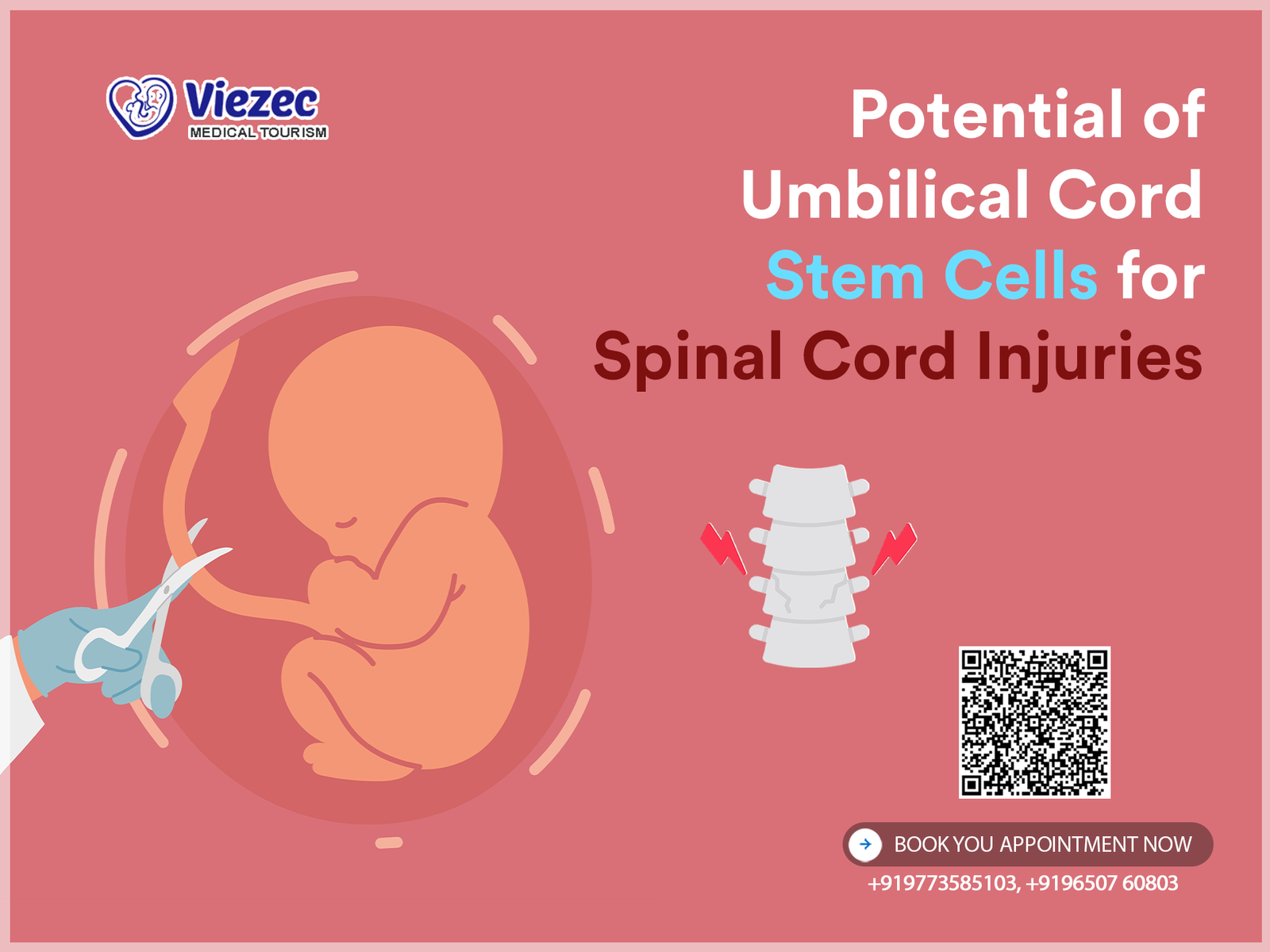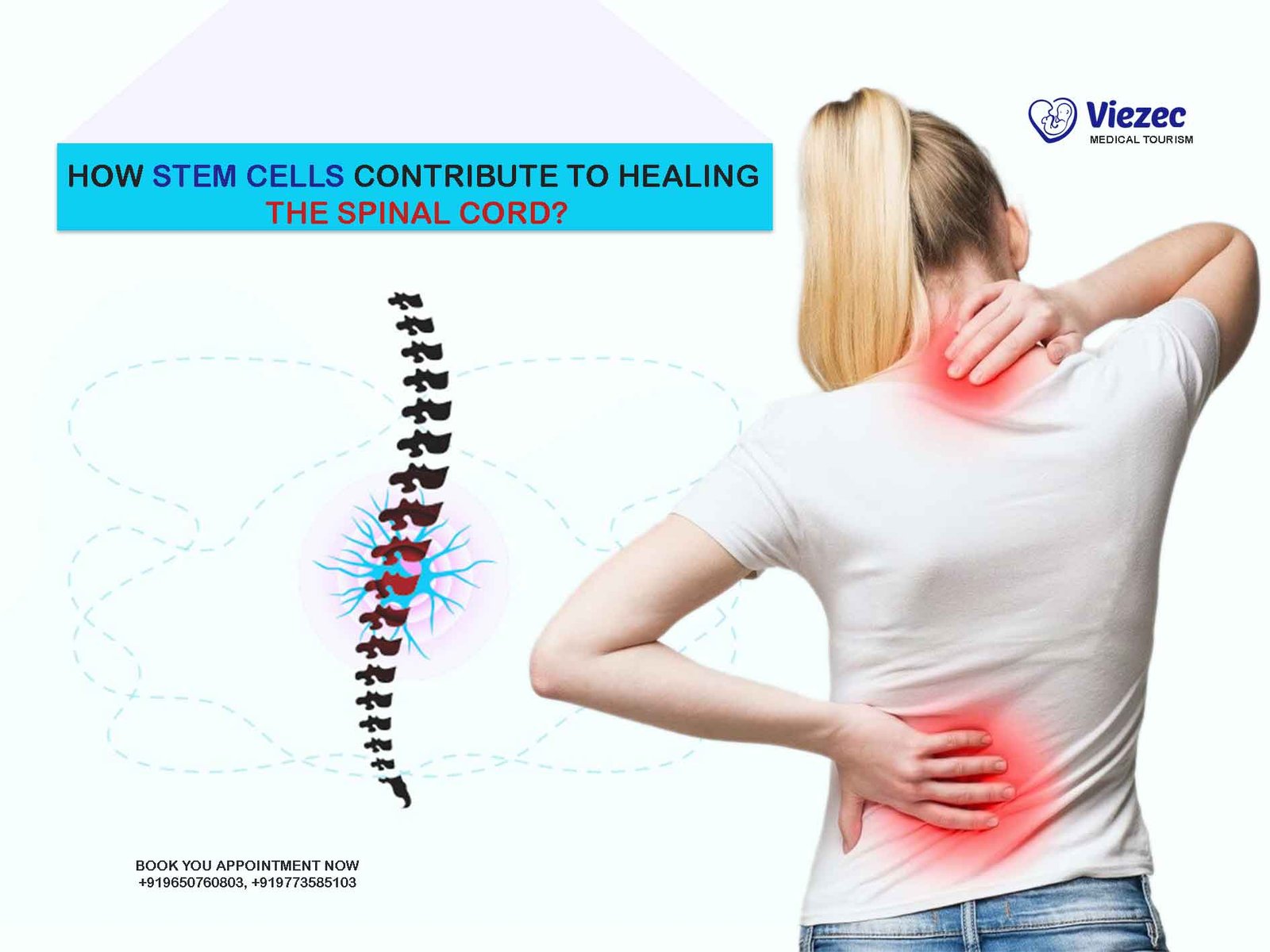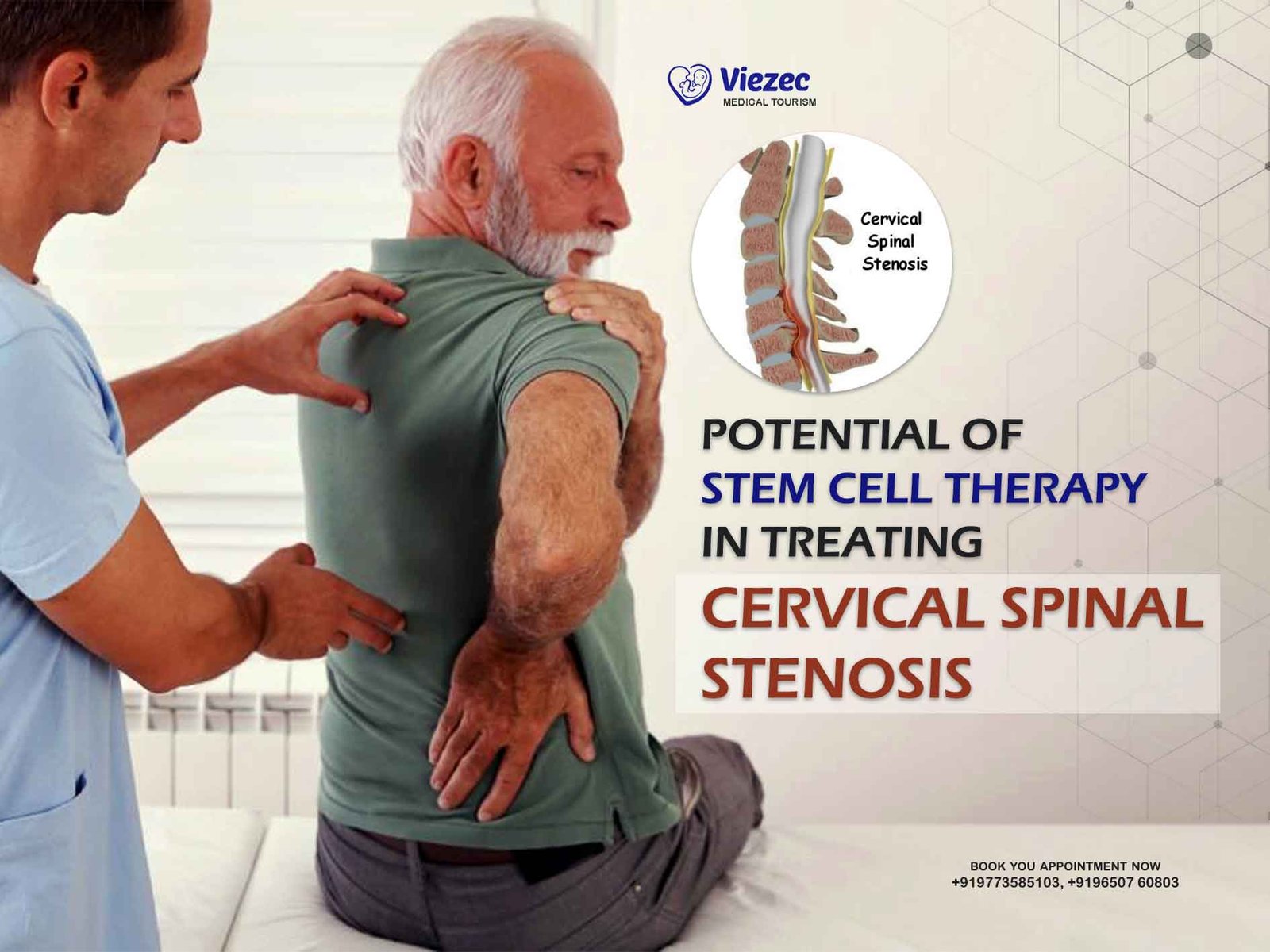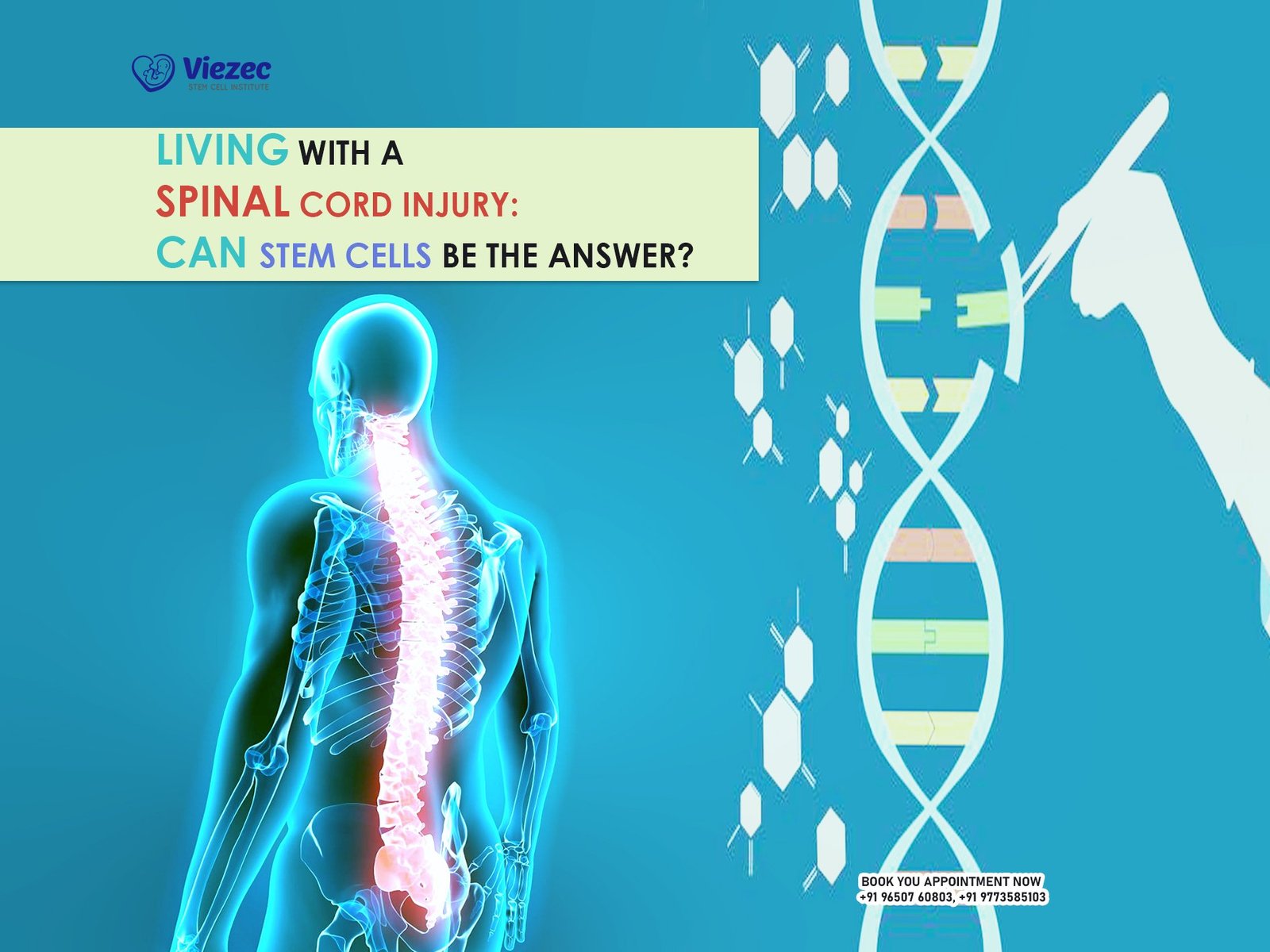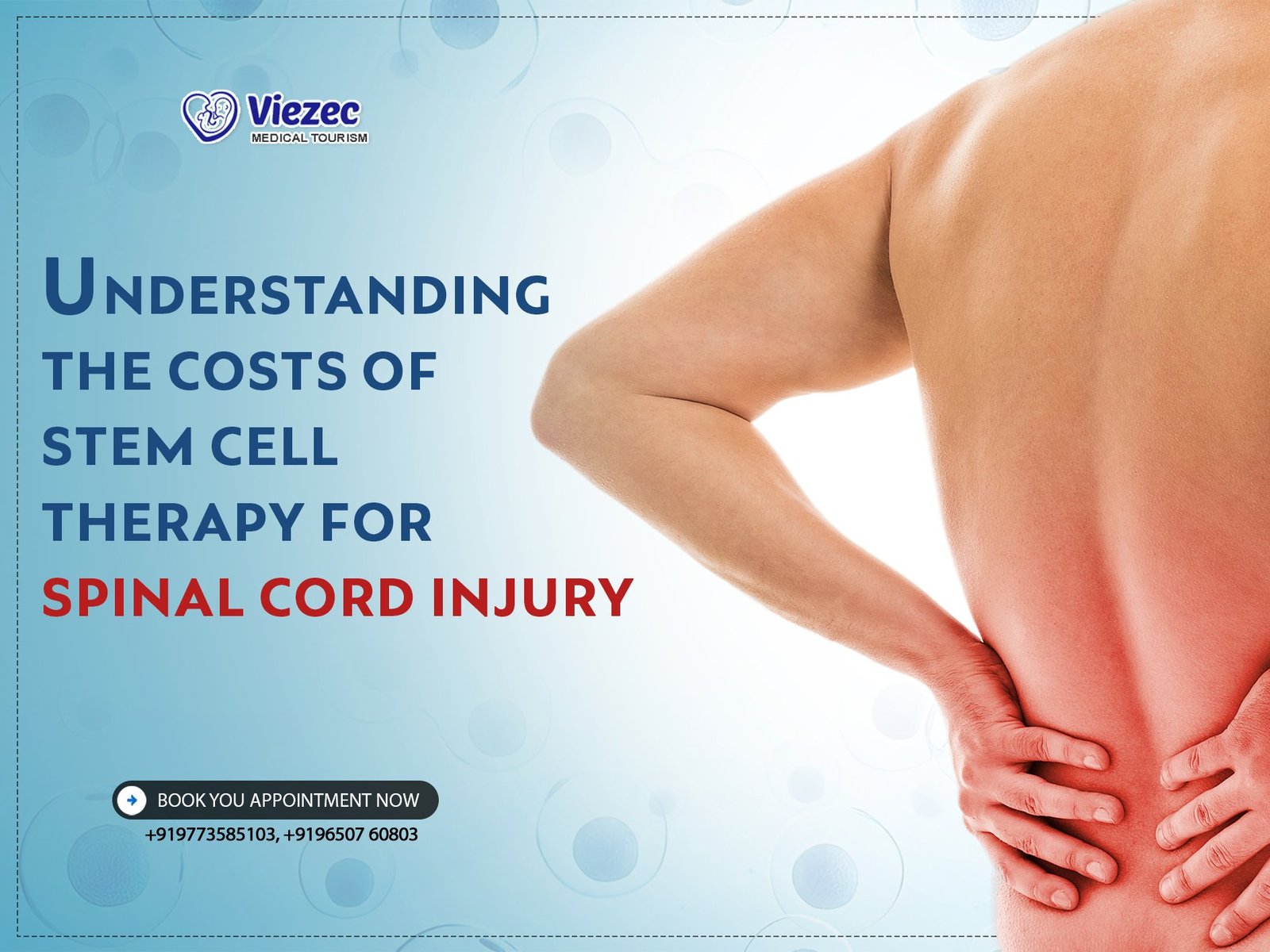Spinal cord injuries (SCI) are among the most devastating conditions, often leading to long-term disability or paralysis. Traditional treatments for SCI focus on stabilization, rehabilitation, and symptom management, but these approaches offer limited potential for full recovery. Recent advancements in regenerative medicine have highlighted the promise of stem cell therapy as a revolutionary alternative. Among the various stem cell types, umbilical cord stem cells (UCSCs) have emerged as a particularly promising candidate for repairing and regenerating damaged spinal cord tissue. We will explore the potential of UCSCs for spinal cord injuries, emphasizing their unique advantages, the mechanisms by which they promote recovery, and the current state of clinical research.
Understanding Umbilical Cord Stem Cells
What Are Umbilical Cord Stem Cells?
Umbilical cord stem cells are derived from the umbilical cord, a structure that connects the developing fetus to the placenta during pregnancy. The umbilical cord contains two primary types of stem cells: hematopoietic stem cells (HSCs) and mesenchymal stem cells (MSCs). HSCs have the ability to differentiate into various blood cell types, while MSCs can develop into bone, cartilage, fat, and other connective tissues.
Unlike embryonic stem cells, UCSCs are harvested from a non-controversial source, as the umbilical cord is typically discarded after birth. This ethical advantage, combined with their potent regenerative capabilities, makes UCSCs a valuable resource in medical research and treatment.
Unique Properties of UCSCs
UCSCs possess several characteristics that distinguish them from other stem cell types. They have a high proliferation rate, low immunogenicity, and robust differentiation potential. Their ability to modulate the immune system and secrete neuroprotective factors further enhances their therapeutic value. Moreover, UCSCs are readily available and can be cryopreserved for future use, making them an accessible and versatile option for clinical applications.
Mechanisms of UCSCs in Spinal Cord Repair
Anti-inflammatory Effects
One of the primary challenges in treating SCI is the inflammatory response triggered by the injury. Inflammation exacerbates tissue damage, leading to secondary injury and limiting the potential for recovery. UCSCs can mitigate this response by secreting anti-inflammatory cytokines and modulating immune cell activity. This helps to create a more favorable environment for tissue repair and regeneration.
Promotion of Neurogenesis
UCSCs have been shown to promote neurogenesis, the process by which new neurons are formed. They secrete growth factors such as brain-derived neurotrophic factor (BDNF) and glial cell line-derived neurotrophic factor (GDNF), which support the survival, growth, and differentiation of neural cells. This neurogenic potential is critical for replacing damaged neurons and restoring neural networks.
Support for Axonal Regeneration
Axonal regeneration is essential for reestablishing communication pathways in the spinal cord. UCSCs release extracellular vesicles and exosomes containing proteins, lipids, and RNA molecules that facilitate axonal growth. These extracellular components also play a role in bridging the gap between severed nerve fibers, enhancing functional recovery.
Angiogenesis and Tissue Repair
UCSCs contribute to the repair of injured spinal cord tissue by promoting angiogenesis, the formation of new blood vessels. This ensures an adequate blood supply to the affected area, delivering oxygen and nutrients necessary for healing. Additionally, UCSCs can differentiate into various cell types, including glial cells, which provide structural and metabolic support to neurons.
Advantages of UCSCs Over Other Stem Cell Types
Ethical Considerations
Unlike embryonic stem cells, UCSCs do not involve the destruction of embryos, making them ethically acceptable for most people. This has led to widespread support and reduced regulatory barriers for their use in research and therapy.
Reduced Risk of Rejection
UCSCs exhibit low immunogenicity, meaning they are less likely to provoke an immune response when transplanted. This reduces the risk of rejection and eliminates the need for long-term immunosuppressive therapy, which is often required with other types of stem cell transplants.
Abundance and Accessibility
Umbilical cords are widely available and can be collected during childbirth without any risk to the mother or baby. The ability to cryopreserve UCSCs ensures a consistent supply for future therapeutic applications.
Cost-effectiveness
Compared to other stem cell types, the collection, processing, and storage of UCSCs are relatively cost-effective. This makes them a more feasible option for large-scale clinical use.
Clinical Research and Trials
Preclinical Studies
Preclinical studies in animal models have provided compelling evidence for the efficacy of UCSCs in treating SCI. These studies have demonstrated significant improvements in motor function, reduced lesion size, and enhanced tissue regeneration. For example, experiments in rodent models have shown that UCSCs can improve locomotor recovery and promote the growth of new neural connections.
Ongoing Clinical Trials
Several clinical trials are currently investigating the safety and efficacy of UCSCs for SCI in humans. Preliminary results have been promising, with many patients experiencing improved sensory and motor functions. These trials are also assessing the optimal dosage, timing, and delivery methods for UCSC therapy to maximize therapeutic outcomes.
Challenges and Limitations
Despite their potential, the clinical application of UCSCs for SCI faces several challenges. These include the risk of tumor formation, variability in stem cell quality, and the need for standardized protocols. Researchers are actively working to address these issues through rigorous testing and optimization of therapeutic approaches.
Personalized Medicine
Advances in genomics and bioengineering are paving the way for personalized stem cell therapies. By tailoring UCSC treatments to the genetic and physiological profiles of individual patients, researchers aim to enhance the effectiveness and safety of these therapies.
Combination Therapies
Integrating UCSC therapy with other treatments, such as pharmacological agents, physical rehabilitation, and bioengineered scaffolds, may further improve outcomes. Combination therapies can address multiple aspects of SCI recovery, including inflammation, neuroprotection, and functional restoration.
Regulatory Approvals
As clinical trials progress, gaining regulatory approvals will be a critical step toward making UCSC therapy widely available. This requires robust evidence of safety and efficacy, as well as standardized manufacturing and quality control processes.
FAQs
What are umbilical cord stem cells?
Umbilical cord stem cells are regenerative cells derived from the umbilical cord, capable of differentiating into various cell types and promoting tissue repair.
How do UCSCs help in spinal cord injuries?
UCSCs aid recovery by reducing inflammation, promoting neurogenesis, supporting axonal regeneration, and facilitating tissue repair and angiogenesis.
Are UCSCs ethically acceptable?
Yes, UCSCs are ethically acceptable as they are harvested from umbilical cords, which are typically discarded after birth, without harming the mother or baby.
What makes UCSCs better than other stem cells?
UCSCs are abundant, cost-effective, and exhibit low immunogenicity, reducing the risk of rejection and making them a practical choice for therapy.
Are there any risks associated with UCSC therapy?
Potential risks include tumor formation, variability in cell quality, and immune responses, but ongoing research aims to minimize these issues.
What is the current state of UCSC research for SCI?
Preclinical and early clinical studies have shown promising results, with ongoing trials exploring optimal treatment protocols and long-term outcomes.
Can UCSCs fully cure spinal cord injuries?
While UCSCs show significant potential for improving recovery, complete cures for SCI remain a challenge. Therapies aim to enhance function and quality of life.
When will UCSC therapy be widely available?
The timeline depends on the outcomes of clinical trials, regulatory approvals, and advancements in research, but widespread availability is expected within the next decade.

